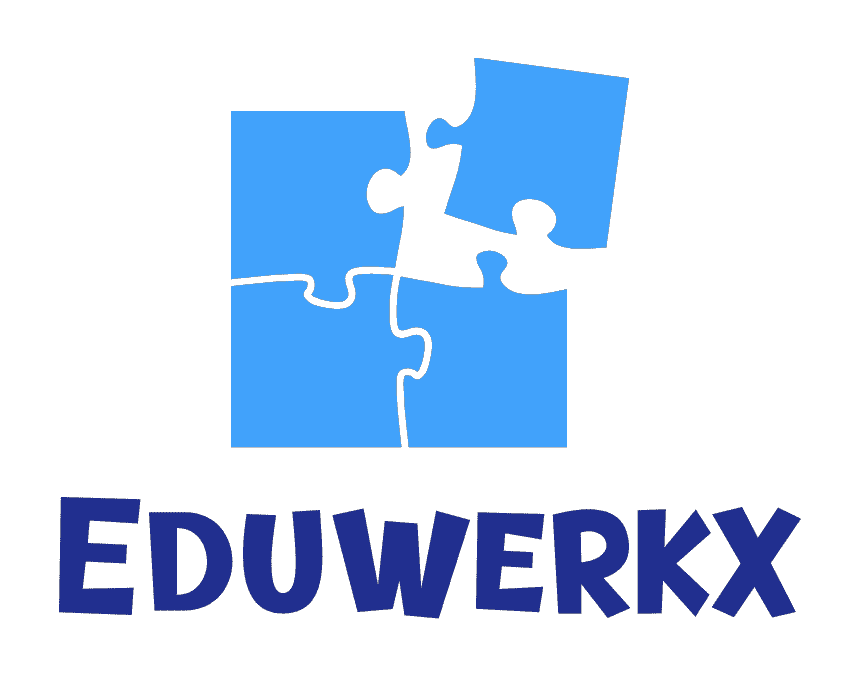Previously, we talked about how building a memory network with words requires huge energy investment and constant maintenance. That’s because our brains are not naturally wired to store information in words. To remember something, your child has to switch into “construction mode”, actively creating and reinforcing connections through repeated practice and recall. Without this effort, the network begins to weaken and eventually fall apart. On top of that, recalling information from these networks can feel like trying to remember countless passwords.
Memories stored in words often rely on being recalled in the exact order they were learned. Even a tiny mistake like changing a single letter, can block access to the next layer of information, essentially locking away the rest of the memory. This makes word-based memory networks incredibly hard to maintain and highly dependent on precision. This is why people who rely on storing information in words often feel they have a poor memory and find it difficult to retain large amounts of information, this method simply is not designed for long-term retention.
The Secret to Long-Term Memory: Visual Thinking
Let’s return to the analogy we used in the previous post—your child’s brain as a room that comes equipped with a powerful inbuilt server tucked away in one corner. Now, imagine your child learning primarily through images. The parts of the brain used for visual thinking sends information as complete, meaningful pictures that don’t need to be manually assembled or labelled piece by piece. Instead, these images come pre-packaged with built-in encoding—like receiving a fully labelled and organized file, ready to be stored in the inbuilt server.
This kind of memory comes with built-in references and automatic links to related information, making it much easier for the brain to understand, store and later retrieve. It’s similar to recognizing a friend’s face, you don’t need to consciously recall and manually compare every detail to identify them. Your brain instantly picks up on familiar patterns and connections. That’s because our visual system works through what’s called “parallel recognition pathways”. In simple terms, the brain processes images through multiple features—like shape, color, texture, spatial arrangement and meaning—all at the same time.
By integrating these features together, the brain strengthens memory encoding, leading to faster storage, easier recall and more accurate recognition. Image-based learning takes full advantage of this system, which is why we can instantly recognize everything in a photograph with just a glance, often without even trying. In contrast, learning with words requires much more effort. A child has to manually build connections between words and how they relate to each other—often through techniques like mind maps or repetition—to achieve the same level of strong, lasting memory encoding that images provide naturally.
It’s even harder to imagine someone’s face using only a teacher’s verbal description because you have to mentally fill in details you can’t actually see, which increases the chance of errors. Personalizing the information in words can make this process easier and more relatable, but even then, it rarely matches the natural effectiveness of images. In fact, personalization can sometimes make it harder to store memories deeply, because it reduces the brain’s involvement in forming connections. Skipping this process means the brain doesn’t get the workout it needs to develop and grow stronger.
Through image-based learning, your child is able to solve problems more quickly and with significantly less mental effort. This efficiency frees up cognitive resources, allowing your child to use the remaining resources to expand their room and strengthen their visual thinking “muscles”. The question then becomes: Would you prefer your child to invest their time and energy in word-based learning—an approach that can be draining, creates poor memories, not great for development and limited growth potential?
Or would you rather choose image-based learning, which is efficient, great for development, supports strong long-term memory and has exponential potential for growth? Why words alone will never lead to real understanding—and what it takes for your child to apply information effortlessly? Like and follow to find out!
